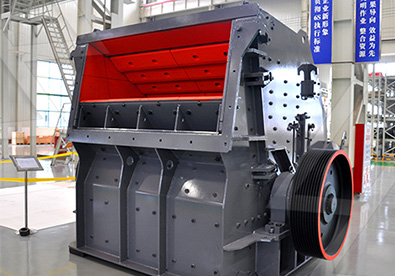An explosion in a coal mill can have serious consequences, including fatalities, injuries, property damage, and operational disruptions. Below are the primary causes of such explosions:
1. Combustible Dust (Coal Dust)
– Coal dust is highly flammable when suspended in air. If the concentration reaches an explosive level (Lower Explosive Limit – LEL), even a small ignition source can trigger a massive explosion.
– Poor housekeeping, leaks, or improper ventilation can lead to dust accumulation.
2. Ignition Sources
– Hot Surfaces: Overheated bearings, motors, or mechanical friction.
– Electrical Sparks: Faulty wiring, static electricity, or electrical equipment not rated for hazardous areas.
– Metal-to-Metal Contact: Grinding media or tramp metal causing sparks inside the mill.
– Spontaneous Combustion: Coal self-heating due to oxidation.
3. Inerting System Failure
– Coal mills often use inert gases (like nitrogen or CO₂) to reduce oxygen levels below the combustion threshold.
– If the inerting system fails or oxygen levels rise above 14%, explosion risk increases.
 4. Poor Maintenance & Operational Errors
4. Poor Maintenance & Operational Errors
– Lack of proper mill inspection and cleaning.
– Overfeeding coal, leading to excessive heat generation.
– Improper shutdown/startup procedures.
5. Equipment Malfunctions
– Faulty temperature/pressure sensors.
– Explosion vents failing to .jpg) ieve pressure.
ieve pressure.
– Blocked coal feed leading to overheating.
6. Human Error & Lack of Training
– Ignoring safety protocols (e.g., smoking near coal dust areas).
– Inadequate emergency response training.
Preventive Measures:
– Regular cleaning to prevent dust buildup.
– Proper inerting and ventilation systems.
– Explosion-proof electrical equipment.
– Continuous monitoring of temperature, pressure, and oxygen levels.
– Employee training on hazard awareness and emergency procedures.
Would you like details on specific incidents or safety standards (e.g., NFPA 85 for boiler safety)?





Leave a Reply